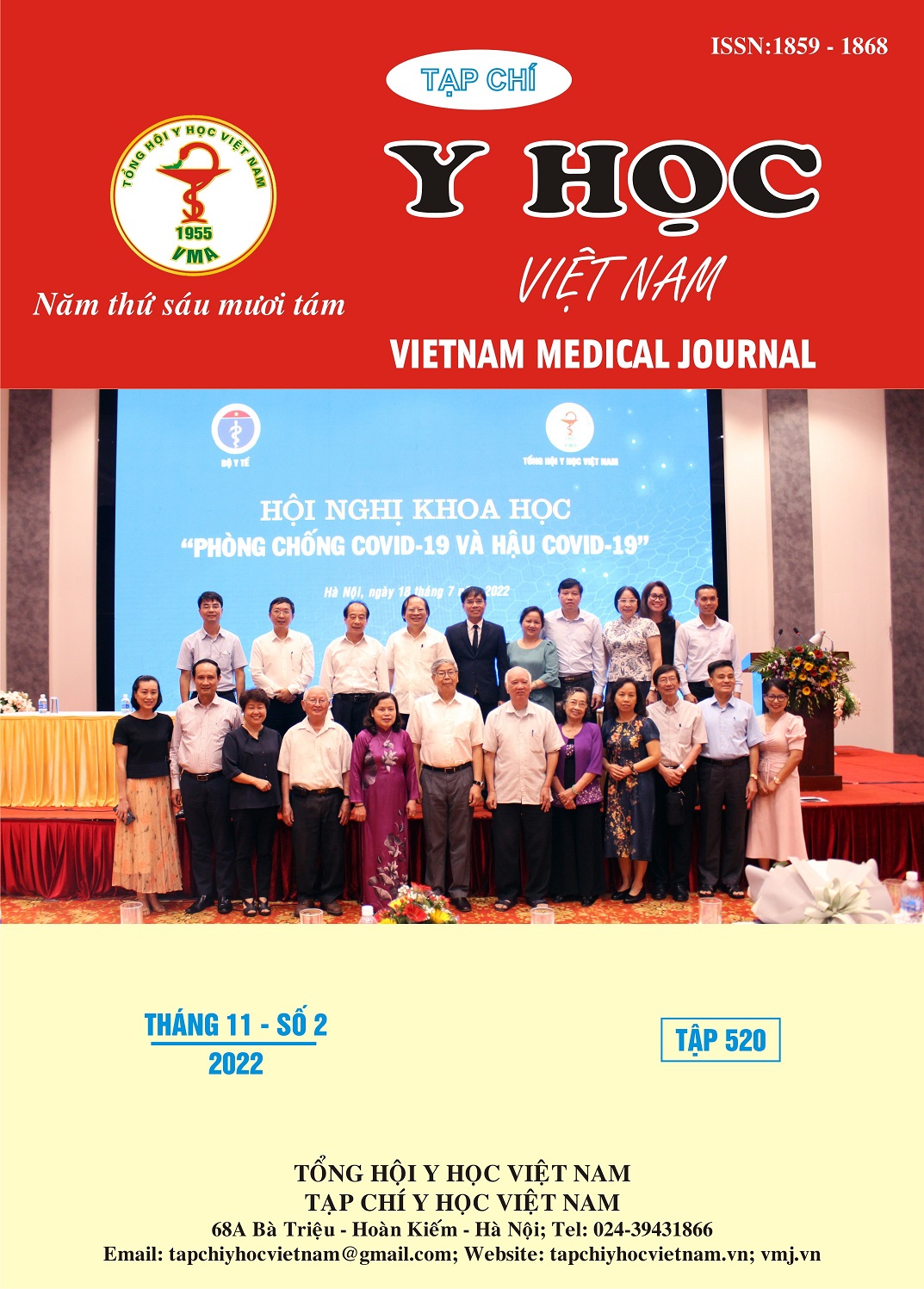ESTABLISHING TSH, FT3, AND FT4 TESTING DATA THROUGH RIQAS IMMUNE EXTERNAL QUALITY ASSURANCE
Main Article Content
Abstract
Research objective: Using the external quality assessment data to build a database for evaluating the harmonization measurement of three groups of thyroid hormone tests TSH, FT3, and FT4. Research methods: Retrospective study, the external quality assessment data necessary for the study were collected from 2018 to 2021. Bias values and coefficient of variation (CV) were collected from the monthly results of internal control results and traceability of calibrators from the package insert. Results: From 41 external qualitsessment reports for each testing group with more than 2000 laboratories participating from 2018-2021. The Siemens/DPC Immulite 1000, DiaSorin Liaison, SNIBE Maglumi analyzers, and Tosoh methods are the most popular groups of methods with CV% > 10%. The FT3, and FT4 test showed differences between the method groups (p < 0.05), and the results were acceptable between different test systems for TSH. The values for the upper and lower reference limits of the different immunoassay systems were not significantly different for TSH, and FT3 but significantly different for FT4. Conclusions: In the study, the correlation of TSH testing between different testing systems was acceptable. The FT3 and FT4 test showed large disparities between the different groups. Especially in the FT4, test the values of the reference intervals between these groups differ from each other too much. Inconsistencies in the relationship between FT4 and TSH results may alarm clinical laboratories.
Article Details
Keywords
External Quality Assessment, harmonization, reference intervals, Bias, Coefficient of variation (CV%).
References
2. Armbruster D. Metrological Traceability of Assays and Comparability of Patient Test Results. Clinics in Laboratory Medicine. 2017;37(1): 119-135 .doi: 10.1016/j.cll.2016.09.010
3. Plebani, M. Harmonization in laboratory medicine: the complete picture. Clin Chem Lab Med. 2013;51(4): 741-51. doi: 10.1515/cclm-2013-0075
4. Singh B, Goswami B, Gupta VK, et al. Application of sigma metrics for the assessment of quality assurance in clinical biochemistry laboratory in India: a pilot study. Indian J Clin Biochem. 2011; 26(2):131-5. doi: 10.1007/s12291-010-0083-1.
5. Thienpont LM, Van Uytfanghe K, Van Houcke S, et al. A Progress Report of the IFCC Committee for Standardization of Thyroid Function Tests. Eur Thyroid J. 2014;3(2): 109-16. doi: 10.1159/000358270.
6. Giovannini S, Zucchelli GC, Iervasi G, et al. Multicentre comparison of free thyroid hormones immunoassays: the Immunocheck study. Clin Chem Lab Med. 2011;49(10): 1669-76. doi: 10.1515/CCLM.2011.647
7. Zhang S, Cheng F, Wang H, et al. Comparability of thyroid-stimulating hormone immunoassays using fresh frozen human sera and external quality assessment data. PLoS One. 2021;16(6). doi: 10.1371/journal.pone.0253324
8. Barth JH, Luvai A, Jassam N, et al. Comparison of method-related reference intervals for thyroid hormones: studies from a prospective reference population and a literature review. Ann Clin Biochem. 2018;55(1):107-112. doi: 10.1177/0004563217691549


